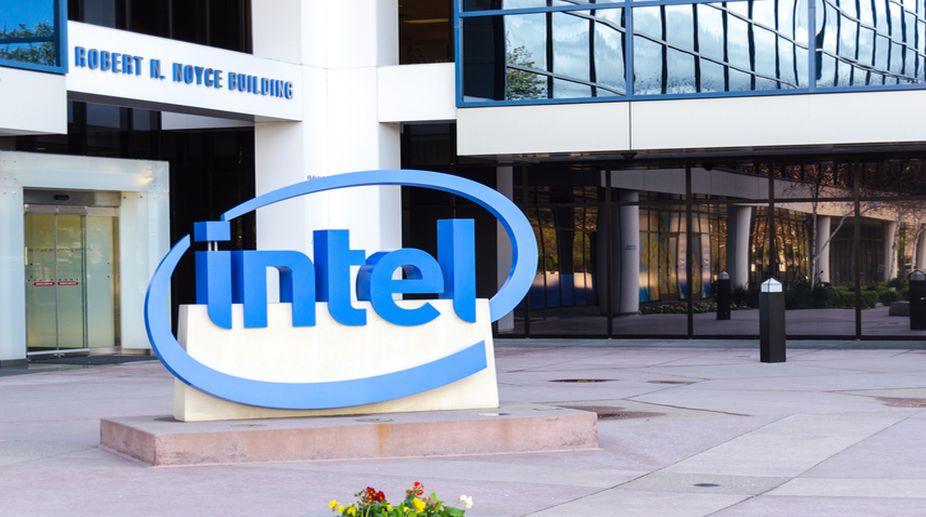Intel’s new CEO Lip-Bu Tan to receive $69 million compensation package
Intel Corp.'s newly appointed CEO, Lip-Bu Tan, will receive a compensation package valued at approximately $69 million as he steps into his role on March 18.

Representational Image (PHOTO: GETTY IMAGES)
Intel on Monday introduced its new Movidius Myriad X vision processing unit (VPU), advancing Intel’s end-to-end portfolio of artificial intelligence (AI) solutions to deliver more autonomous capabilities across a wide range of product categories, including drones, robotics, smart cameras and virtual reality.
Myriad X is world’s first system-on-chip (SoC) shipping with a dedicated Neural Compute Engine for accelerating deep learning inferences at the edge.
Advertisement
The Neural Compute Engine is an on-chip hardware block specifically designed to run deep neural networks at high speed and low power without compromising accuracy, enabling devices to see, understand and respond to their environments in real time.
Advertisement
“With Myriad X, we are redefining what a VPU means when it comes to delivering as much AI and vision compute power possible, all within the unique energy and thermal constraints of modern untethered devices,” Remi El-Ouazzane, Vice President and General Manager of Movidius, Intel New Technology Group, said in a statement.
With the introduction of the Neural Compute Engine, the Myriad X architecture is capable of 1 TOPS (Trillion operations per second) of compute performance on deep neural network inferences.
Capable of delivering more than 4 TOPS of total performance, its tiny form factor and on-board processing are ideal for autonomous device solutions.
Myriad X is the newest generation in a lineage of Movidius VPUs, which are purpose-built for embedded visual intelligence and inference.
Movidius VPUs achieve significant performance at low power with the merging of three architectural elements to provide sustained high-performance on deep learning and computer vision workloads.
Advertisement
Intel Corp.'s newly appointed CEO, Lip-Bu Tan, will receive a compensation package valued at approximately $69 million as he steps into his role on March 18.
Intel appoints tech veteran Lip-Bu Tan as CEO from March 2025, aiming to reclaim its dominance in the semiconductor industry.
Chip-maker Intel has announced to acquire Silicon Mobility SAS, a fabless silicon and software company that specialises in chips for intelligent electric vehicle (EV) energy management, for an undisclosed sum.
Advertisement
